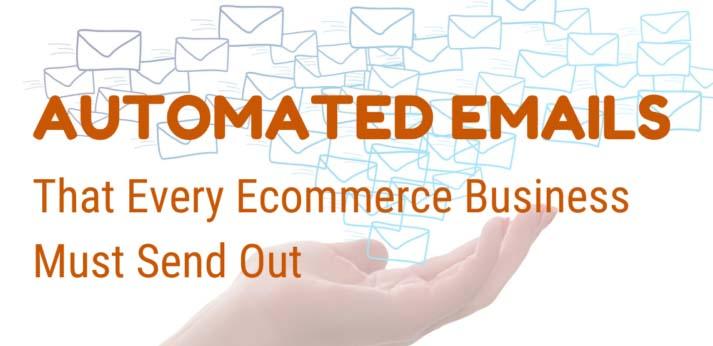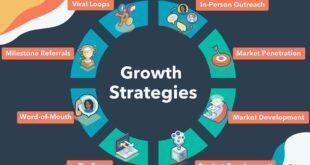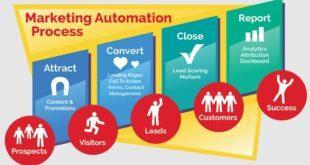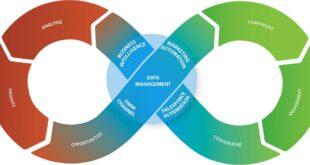In the world of eCommerce, automated emails are essential for increasing customer engagement, driving conversions, and improving overall sales. In this article, we will provide you with comprehensive insights and tips on how to create effective and engaging automated email campaigns.
Importance of Automated Emails in eCommerce
 Automated emails are a critical component of any e-commerce marketing strategy. They enable businesses to send targeted, personalized, and relevant messages to their customers based on their behavior and preferences. The benefits of automated emails include:
Automated emails are a critical component of any e-commerce marketing strategy. They enable businesses to send targeted, personalized, and relevant messages to their customers based on their behavior and preferences. The benefits of automated emails include:
- Increased engagement: Automated emails are more likely to be opened and clicked than generic promotional emails. According to a study by Epsilon, automated emails have an open rate of 47.7%, compared to 14.6% for non-automated emails.
- Higher conversions: Automated emails have a higher conversion rate than non-automated emails. According to a study by Omnisend, automated emails have a conversion rate of 1.8%, compared to 0.5% for non-automated emails.
- Improved customer experience: Automated emails provide customers with relevant and timely information that enhances their overall experience with the brand.
Types of Automated Emails
There are various types of automated emails that e-commerce businesses can use to engage and nurture their customers. Here are some of the most effective types of automated emails:
Welcome Emails
Welcome emails are sent to new subscribers or customers and introduce them to the brand, products, and services. They are an excellent opportunity to create a positive first impression and start building a relationship with the customer. Here are some tips for creating effective welcome emails:
- Personalize the message: Use the customer’s name and other relevant information to create a personalized message that resonates with them.
- Highlight the benefits: Showcase the benefits of subscribing or becoming a customer, such as exclusive discounts, free shipping, or access to exclusive content.
- Call-to-action (CTA): Include a clear and prominent CTA that encourages the customer to take the next step, such as making a purchase or following the brand on social media.
Abandoned Cart Emails
Abandoned cart emails are sent to customers who have added products to their cart but did not complete the purchase. They are an effective way to recover lost sales and encourage customers to return to the website. Here are some tips for creating effective abandoned cart emails:
- Remind the customer of their abandoned cart: Include a clear and prominent image of the product(s) that the customer abandoned.
- Offer an incentive: Provide a discount, free shipping, or other incentives to encourage the customer to complete the purchase.
- Create urgency: Use language that creates a sense of urgency, such as “Limited time offer” or “Only a few items left in stock.”
Post-Purchase Emails
Post-purchase emails are sent to customers after they have made a purchase. They are an excellent opportunity to thank the customer for their purchase, provide order confirmation and shipping information, and encourage them to leave a review or make another purchase. Here are some tips for creating effective post-purchase emails:
- Thank the customer: Express gratitude for their purchase and show appreciation for their business.
- Provide shipping information: Include the order confirmation and shipping details, such as the estimated delivery date and tracking number.
- Encourage customer feedback: Ask the customer to leave a review or rating of the product(s) they purchased.
- Suggest related products: Recommend related products or accessories that complement their purchase.
Tips for Creating Effective Automated Emails
Here are some additional tips for creating effective and engaging automated emails:
- Personalize the message: Use the customer’s name and other relevant information to create a personalized message that resonates with them.
- Use engaging visuals: Include high-quality images or videos that showcase the products or services.
- Write compelling subject lines: Create subject lines that are catchy, informative, and relevant to the content of the email.
- Use a clear call-to-action (CTA): Include a clear and prominent CTA that encourages the customer to take the desired action, such as making a purchase, leaving a review, or following the brand on social media.
- Optimize for mobile devices: Ensure that the email is optimized for mobile devices, as more than half of all emails are opened on mobile devices.
- Test and optimize: Test and optimize your automated email campaigns regularly to improve their effectiveness and engagement.
Key Takeaways
Automated emails are an essential tool for e-commerce businesses to engage and nurture their customers. They provide a personalized, relevant, and timely message that improves the customer experience and drives conversions. By following the best practices outlined in this article, you can create effective and engaging automated email campaigns that enhance your overall e-commerce marketing strategy.
FAQ
What is the best time to send automated emails?
The best time to send automated emails varies based on your audience, industry, and type of email. However, research suggests that Tuesday, Wednesday, and Thursday are the best days to send emails, with mid-morning and mid-afternoon being the most effective times.
How often should I send automated emails?
The frequency of automated emails depends on your audience, industry, and type of email. However, research suggests that sending one to three emails per week is the most effective frequency.
What is a good open rate for automated emails?
A good open rate for automated emails is around 30%, although this varies based on the industry and type of email.
Can I use the same content for all my automated emails?
While you can use similar content for some automated emails, such as welcome and post-purchase emails, it’s essential to customize the message for each type of email and audience. Personalization and relevance are critical for the effectiveness of automated emails.
References
- Epsilon. (2018). Q1 2018 Email Trends and Benchmarks. Retrieved from https://www.epsilon.com/us/resources/email-trends-and-benchmarks
- Omnisend. (2020). Email Marketing Benchmarks. Retrieved from https://www.omnisend.com/email-marketing-statistics/
 Sale Success Make More Money Online
Sale Success Make More Money Online






